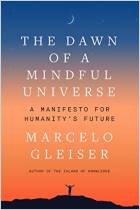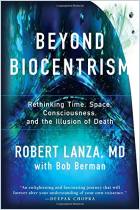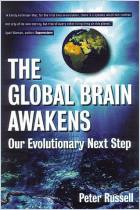In this brief, mind-expanding text, professor and doctor Stuart A. Kaufman employs storytelling and some simplification to explain incredibly complex concepts. His work is dense and challenging for all but the heavily initiated. But any layperson willing to work through the author’s technical jargon, diagrams and occasional equations will reap rewards of new understanding. Kauffman penetrates deeply into the universe, arguing that protocells and then cells emerged spontaneously on Earth as they must have in countless other places throughout the universe.
To better understand life, look beyond physics.
For centuries, physics explained the universe and the reality of the world we live in. But theories of relativity and quantum mechanics cannot explain the origins of life, nor how it evolves, diversifies and grows ever more complex.
The future of the biosphere, though not random, proves unpredictable. Physics reveals the trillions of stars in the known universe, but says nothing about the abundant life that surely thrives throughout it.
The concept of constraint closure might best explain how life emerged, diversified and grew in complexity.
Biology explains the organization of what might prove to be ubiquitous life throughout the cosmos. Where a cell or organism achieves constraint closure – boundaries like a permeable cell membrane – it can contain and direct energy for useful purposes, such as reproduction. The first, most simple structures set Darwin’s evolutionary cycles of natural selection in motion.
By coming into life through constraint closure, the first organisms would have altered the emergent ecosystem, creating opportunity for more new...
















Comment on this summary or Démarrer une discussion